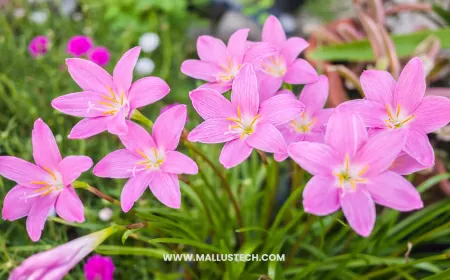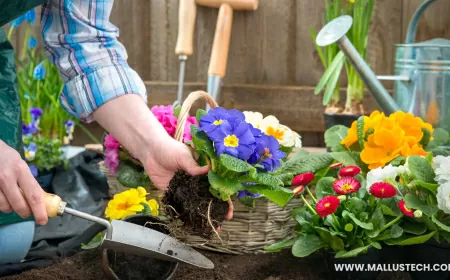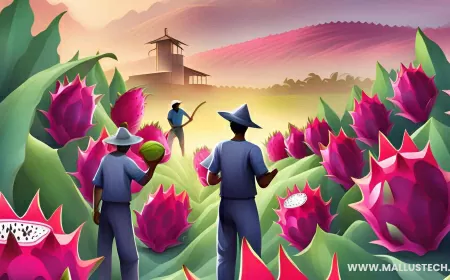Comprehensive Guide to Growing and Caring for Rain Lilies
Learn how to grow and care for rain lilies with our comprehensive guide. Discover planting tips, watering schedules, fertilization methods, and pest control techniques to ensure your rain lilies thrive and bloom beautifully throughout the seasons.
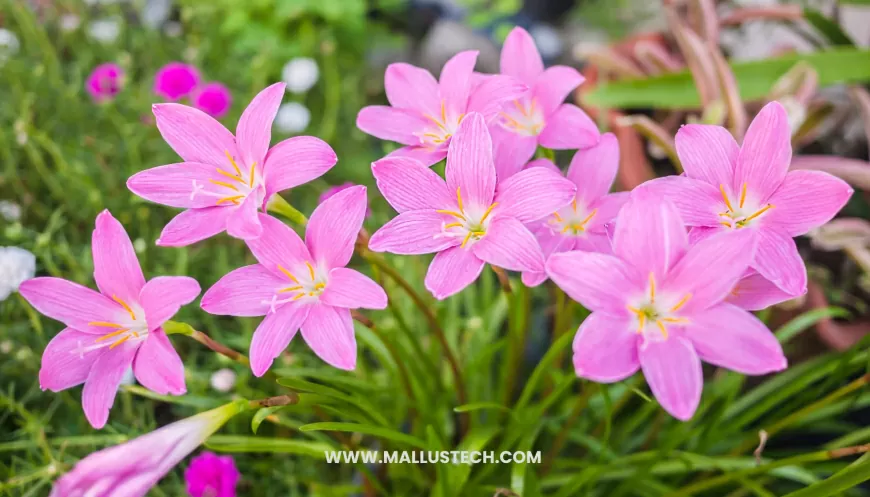
When it’s the rainy season, how can one call the garden a flower garden? Most flowering plants will just have leaves. Some may even rot due to standing water. However, rain lilies will bloom in the garden even during the rainy season.
At first glance, rain lilies and their flowers have a resemblance to saffron plants and flowers. Previously, only varieties with white, pink, and yellow flowers were available. However, today, over a hundred hybrid varieties with different colors and shapes are available. These include new types with double petals, bi-colored petals, and petals with stripes. Double-petaled varieties are in high demand and have a higher price. While other lily varieties bloom only once a year after the first rain, rain lilies bloom multiple times during the rainy season. They can even bloom with summer rains. Like other lilies, rain lilies have a bulbous part underground from which the plant produces leaves and flowers. When planted, the plant will produce offsets around it, forming a cluster. Each new leaf growth accompanies the production of a flower. Depending on the variety, some have grass-like or reed-like leaves. All varieties grow to a height of less than one foot.
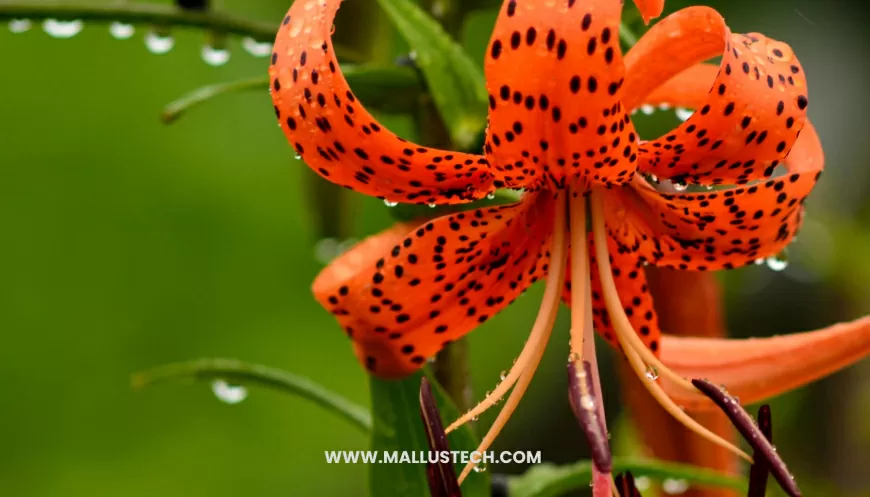
New Varieties
Rain lilies often produce seed pods through pollination by small bees and other insects. All new varieties are created through artificial pollination. Inside the petals of the flowers, you can clearly see the differently colored stamens. In the center, there is the stigma, which receives pollen. This makes artificial pollination in rain lilies quite easy. It is best to perform artificial pollination on the first day the flower blooms. You can collect pollen from the flower on the second day after it blooms.
After pollination, within 3-4 days, the petals will fall off, and you will see a green, ball-like seed pod in the center. It takes over 20 days for this three-chambered pod to swell and produce seeds. Each chamber will contain black seeds. Once the pods have matured and dried, you can collect the seeds and sow them in well-drained soil. The seedlings will develop bulbs at the base, which must form before the plant can flower.
Rain lilies are ideal for areas where water does not stagnate for long periods but receive direct sunlight. They are perfect for creating flower beds around trees and ground cover. Like green lawns, they can be grown in clusters. They also grow well in shallow, wide planter boxes. When growing in pots, use a well-draining soil mix. Once the plants are densely packed with bulbs in the soil, they will produce plenty of flowers simultaneously.
After over a year of growth, the soil beneath a mature rain lily plant will contain many bulb-like structures. Each of these can be separated, ensuring that roots are included, and planted individually. If needed, you can trim all the leaves and remove any damaged roots before planting. The plants should be spaced 4 inches apart, and the planting hole should be 2 inches deep. Planting them deeper may cause them to rot. To promote faster growth in clusters, reduce the spacing between plants.
For planting, a mix of equal parts sand and red soil, enriched with organic fertilizer, is ideal. This mixture will help new shoots to emerge from the bulbs. When planting, ensure that the trimmed top of the bulb is visible above the soil surface.
During the summer, water the plants as needed. If you stop watering for a few days and then water thoroughly, the plant may bloom even in summer. To encourage good flowering, apply NPK 18:18:18 fertilizer once a month before and during the rainy season. In summer, well-powdered cow dung can also be used as a top dressing.
In some modern varieties, the leaves may completely fall off. In this case, remove the bulbs from the soil, clean off any damaged roots and leaves, and replant them in fresh soil mix.
During the rainy season, caterpillars with mixed black and red colors may eat and destroy the plants. You can eliminate these pests using a pesticide containing Lambda-Cyhalothrin (2 ml per liter of water), available in the market.
What's Your Reaction?
 Like
0
Like
0
 Dislike
0
Dislike
0
 Love
0
Love
0
 Funny
0
Funny
0
 Angry
0
Angry
0
 Sad
0
Sad
0
 Wow
0
Wow
0







